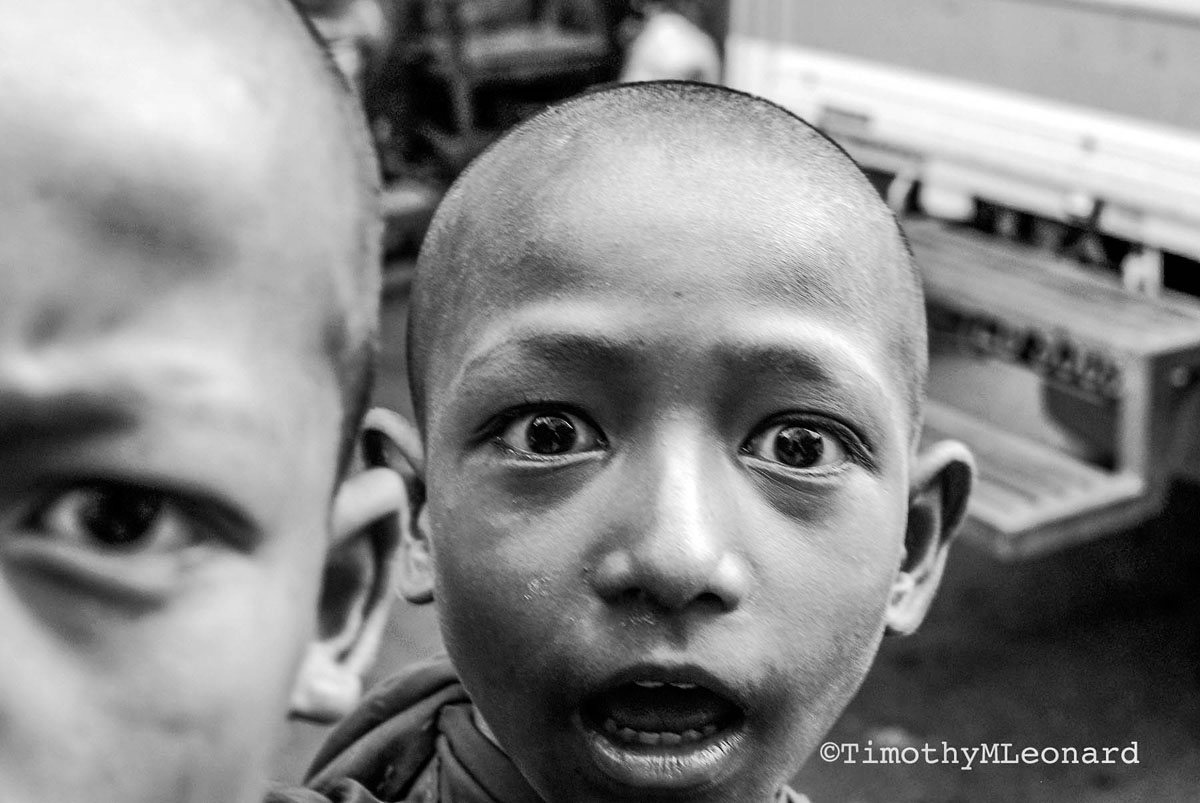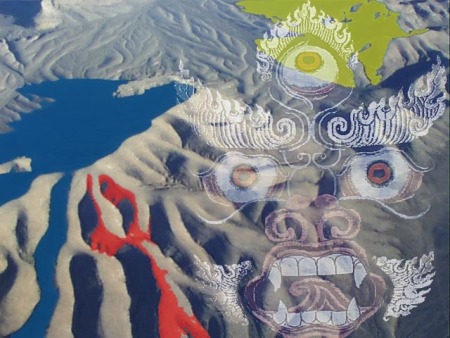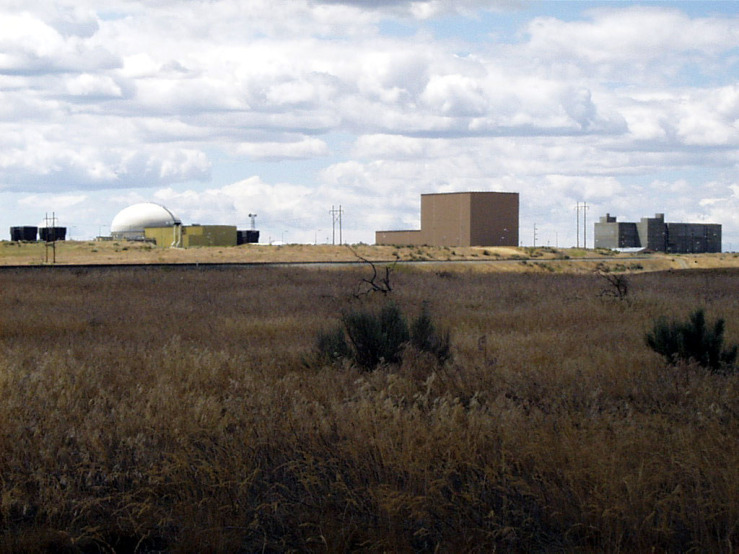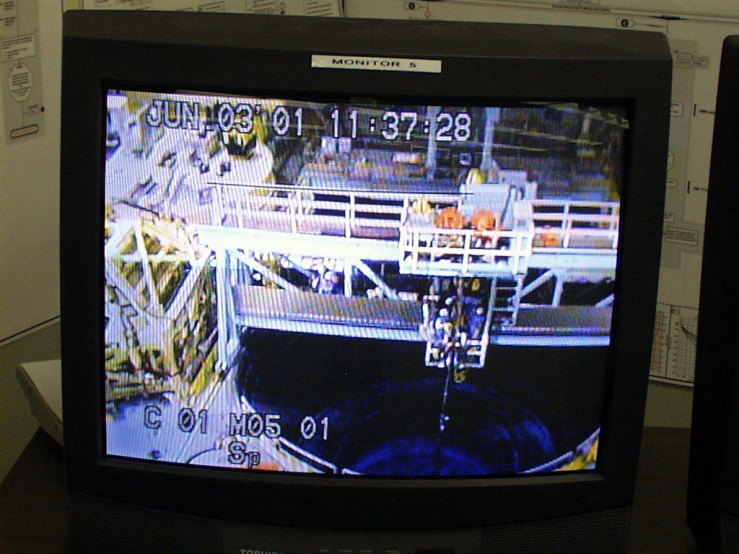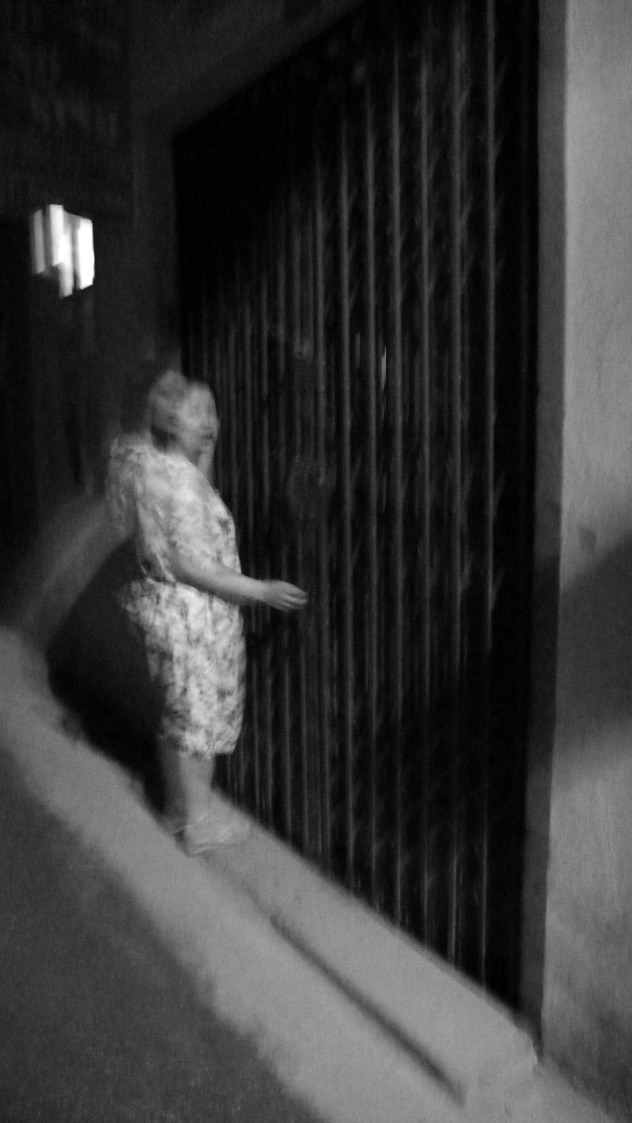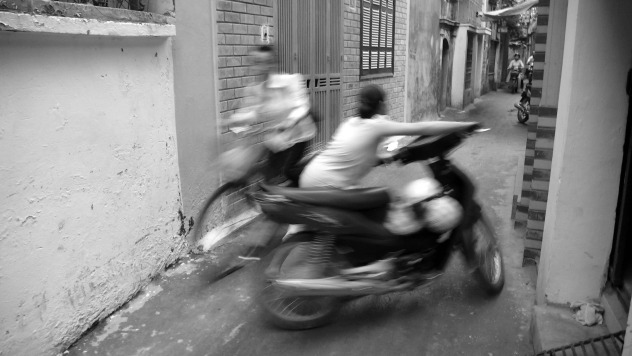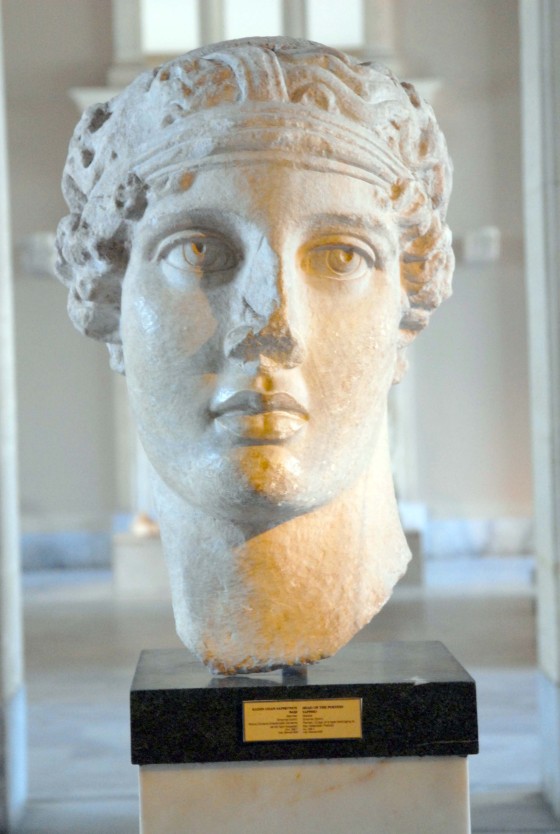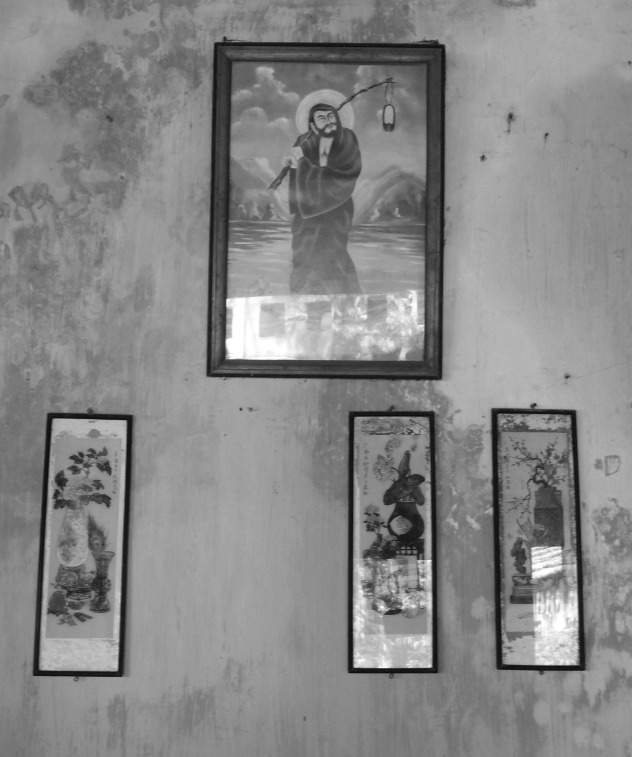Sapa Tale
 10.27.2009
10.27.2009 Greetings,
Before shifting my fluid base to Saigon, or Ho Chi Minh City (HCMC) this weekend I will post more Sapa material lest it become lost in the dusty archive of a Moleskine. Besides the words, here are three images to share with you. The Nikon and Leica galleries hold extensive Sapa visual stories if you have time.
Sapa is a remote mountain city in the Northwest and a favorite among tourists and travelers. I blogged and linked to Sapa earlier. Fresh air, amazing friendly local people, the H'mong, Red Dzao and Tay.
+
All night a heavy rain decorated the lake. Ripples from the center. Water echoes.
My room is on the 4th floor of a cheap local hotel overlooking the lake, away from the typical tourist backpacker joints.
Above the lake are heavily forested eastern mountains with high granite ridges running north. Fog and water and low clouds rumble over the peaks, down the valleys bringing rain, fog and mist. It’s a perfect environment.
The moving, falling water creates whirlpools on the lake with a steady falling mist.
The air is clean and pure. It feels marvelous.
At 7:30 a.m. I jump in a van for a three hour trip to the Sunday Bac Ha market south of Sapa. It is “famous” for the Flower H’mong women’s elaborate colorful clothing. In the van are four Australian girls completing their nutritional studies program in Ha Noi.
It’s a splendid wild nature ride up, down and through narrow mountain passes, often with zero visibility as we are surrounded by thick cold fog. It is pouring in Bac Ha and the market is flooded with locals huddled under blue tarps buying and selling. There are lots of foreign tourists. It’s the Sunday “happening.”
We drop the girls off in Lao Cai so they can catch the night train to their dietary studies I and return to Sapa through the clouds as twilight sweeps over peaks into deep valleys where roaring rivers sing.
One Morning.
I rescued a brown moth from room #402 so it could fly into the sky.
At dawn I saw a bright white, yellow sunrise over the eastern mountains. Behind me was a brilliant rainbow arching over the high green western hills. Perfect natural equilibrium.
I met Sa, a H’mong woman and we walked around the cloth market discussing the finer points of fabric quality. She told me a story about a H’mong woman in the far north mountains who was kidnapped by Chinese men from Yunnan, taken over the border and forced into prostitution. When she became pregnant she was taken to a remote cabin in the Yunnan mountains and kept there as a prisoner. One day she escaped and returned to Vietnam. Human trafficking is a growing problem in the world.
Sa also talked about how there is a lack of minority owned shops in Sapa.
By now most, if not all the H’mong women and kids know me. I’ve been here longer than the average tourist who does 2-3 days; takes a trek, explores the area, maybe really gets to know the local people and then they vanish, back on the train southbound.
I smile and speak with everyone along the path. In-out, up-down the steep sunrise street, past tourist shops and restaurants. “Same-same, but different,” goes the t-shirt proverb.
I am just sitting with the mountains, sky, clouds, kids and dancing stories.
How to travel inside the market. How to carry fresh meat in a box on your motorcycle so you can stop, chop, weigh and sell to the people on the street.
The village of Sa. Small steps going down, Steep trails, dirt, plants. She identifies wild plants on the hillside used to create the indigo colors in their clothing.
The wild terrain. Rising rice terraces where people harvest. People cut, thresh, stack of stalks and burn them. Isolated puffs of smoke dot the valley below rising green forests and mountains.
It’s a long simple home with a dirt floor and bamboo walls. There are also some wooden walls but wood is expensive. The home is divided into a kitchen on the left, main room and bedroom. The main room has a TV and DVD machine. Under the roof is a storage area.
Outside is a faucet for water, water buffalo pen, pig pen and writing pen. Actually there’s no writing pen.
Indigo cloth that has been repeatedly dyed in a large vat hangs to dry along a wooden wall. Stacks of straw for winter feeding are stacked. Twenty-five kilogram bags of rice in blue, white and orange plastic bags made in Indonesia are piled in a corner.
Sa's husband returns with the water buffalo and we share a simple lunch prepared by one of Sa’s three daughters. She is 19, a mother, a trek leader and speaks excellent English. Many girls marry at 16. They begin families. We share rice, tofu, and greens.
Metta.

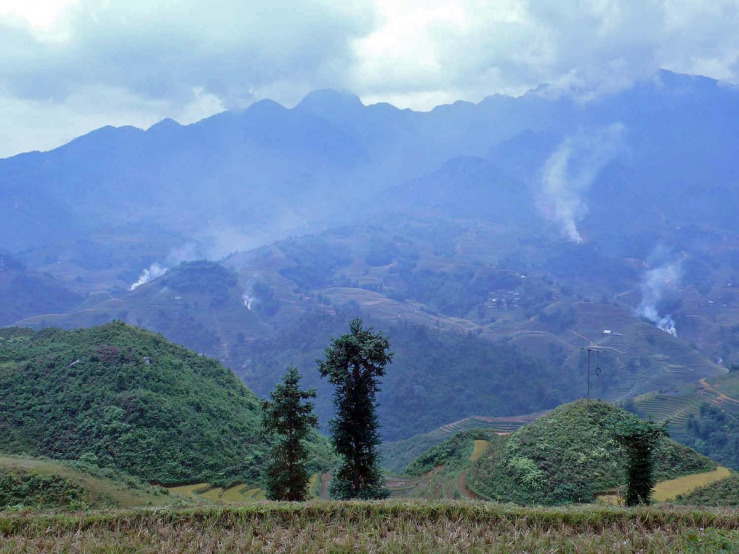
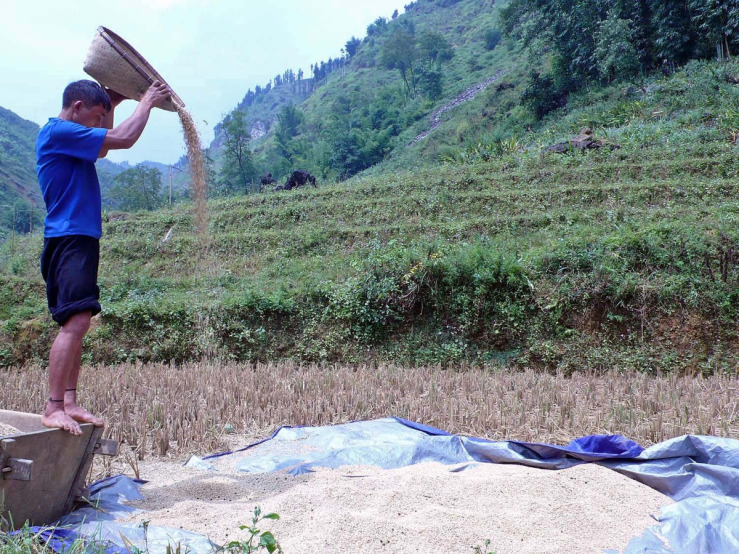
Sa's husband. One harvest per year.
